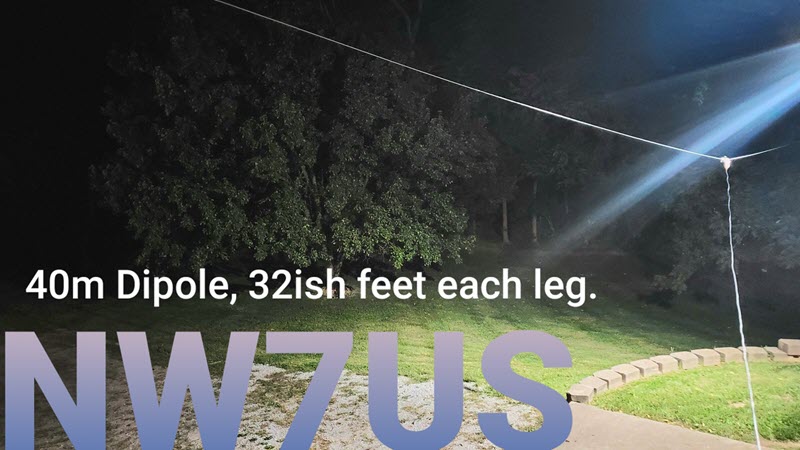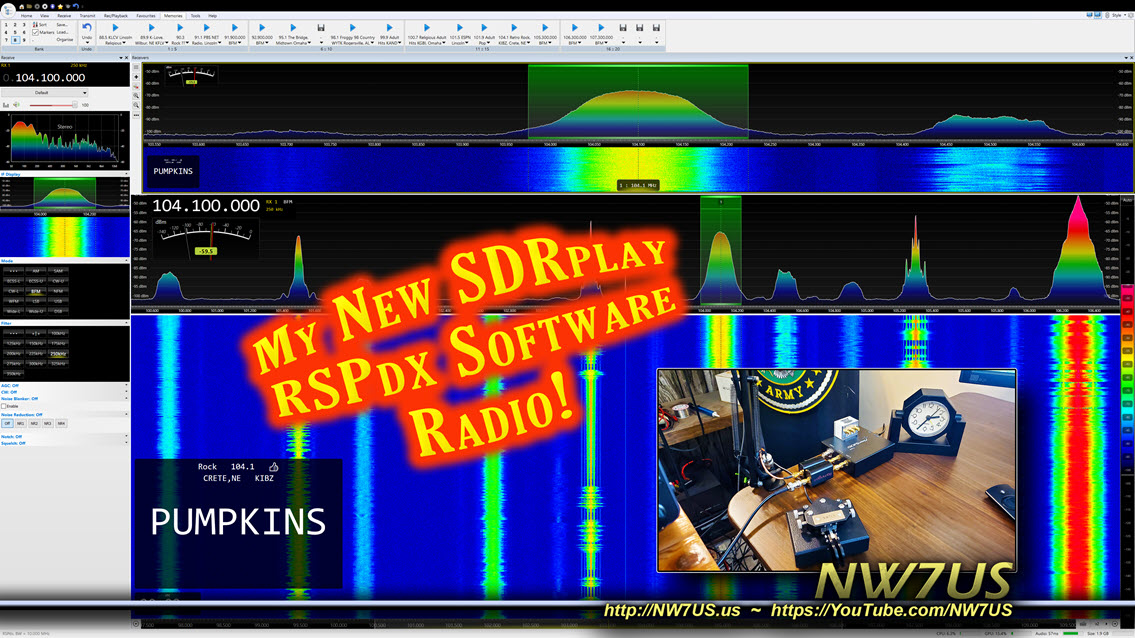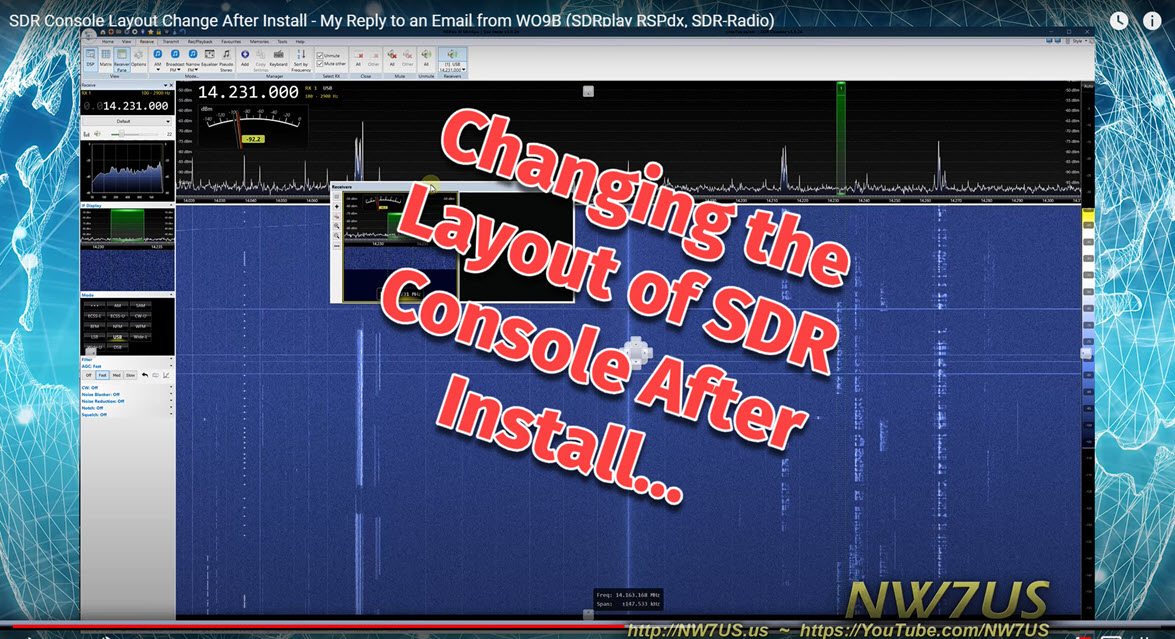1
The RF Workbench / The Perfect Antenna?
« on: October 11, 2020, 0749 UTC »
Does an amateur radio operator need to design a perfect antenna, in order to get on the shortwave (HF, or, High Frequency) spectrum (you know, on the 80/75-, 60-, 40-, 30-, 20-, 17-, 15-, 12-, and 10-Meter Bands)?
Consider: It might not take as much antenna as you may think would be necessary to make two-way contacts on shortwave radio. Often, makeshift antennae are effective enough to be viable.
Just look at all the contacts many amateur radio operators make with their low-power (QRP) rigs (transceivers) using short, helically-wound, mobile antenna sticks.
If they can work magic with such inefficient antenna setups, surely your effort at an antenna would pay off to some degree. Right?
Click for the video:

Of course, I want to make a proper dipole out of the example antenna that I show you, in my video.
But, while I wait for the rest of the parts I need to complete this antenna project (pulleys and a ladder, and maybe a potato launcher), I've put this makeshift antenna on the air, with it just high enough so that I can enjoy some time on the shortwave bands.
With this antenna, I've made successful two-way voice and Morse code contacts (QSOs) with stations in Europe and across North America. I am able to tune it on the 60-, 40-, 30-, 20-, 15-, 17-, 12-, and 10-Meter bands. Reverse beacon detection pick up my Morse-code CW signals, especially on 40 meters (the band on which it is tuned physically).
The bottom line for you? Just get something up in the air and start communicating. Improve things over time. You'll have much fun that way.
https://youtu.be/-k5Su--ez2Y
Consider: It might not take as much antenna as you may think would be necessary to make two-way contacts on shortwave radio. Often, makeshift antennae are effective enough to be viable.
Just look at all the contacts many amateur radio operators make with their low-power (QRP) rigs (transceivers) using short, helically-wound, mobile antenna sticks.
If they can work magic with such inefficient antenna setups, surely your effort at an antenna would pay off to some degree. Right?
Click for the video:

Of course, I want to make a proper dipole out of the example antenna that I show you, in my video.
But, while I wait for the rest of the parts I need to complete this antenna project (pulleys and a ladder, and maybe a potato launcher), I've put this makeshift antenna on the air, with it just high enough so that I can enjoy some time on the shortwave bands.
With this antenna, I've made successful two-way voice and Morse code contacts (QSOs) with stations in Europe and across North America. I am able to tune it on the 60-, 40-, 30-, 20-, 15-, 17-, 12-, and 10-Meter bands. Reverse beacon detection pick up my Morse-code CW signals, especially on 40 meters (the band on which it is tuned physically).
The bottom line for you? Just get something up in the air and start communicating. Improve things over time. You'll have much fun that way.
https://youtu.be/-k5Su--ez2Y




